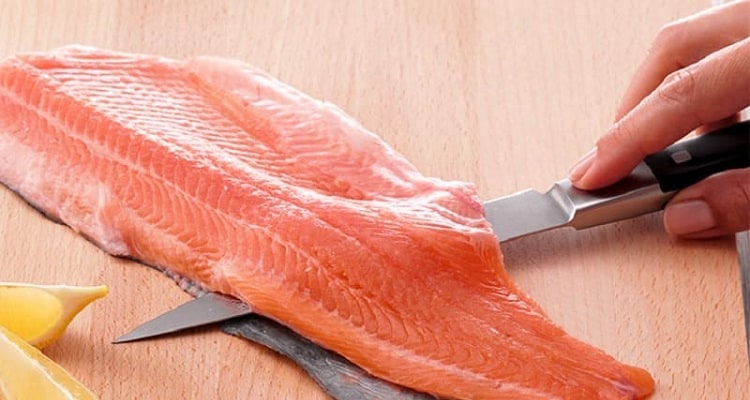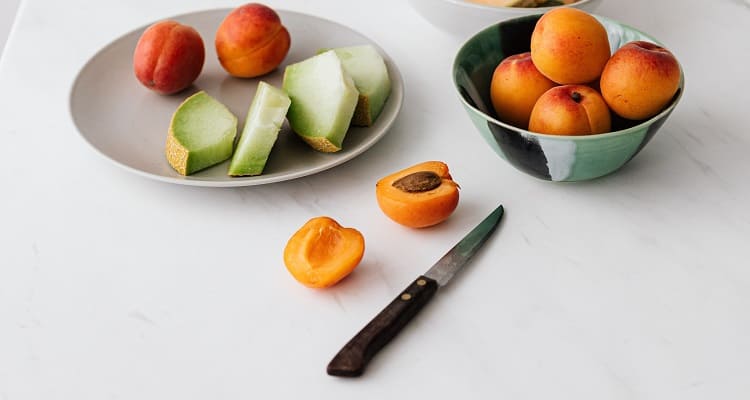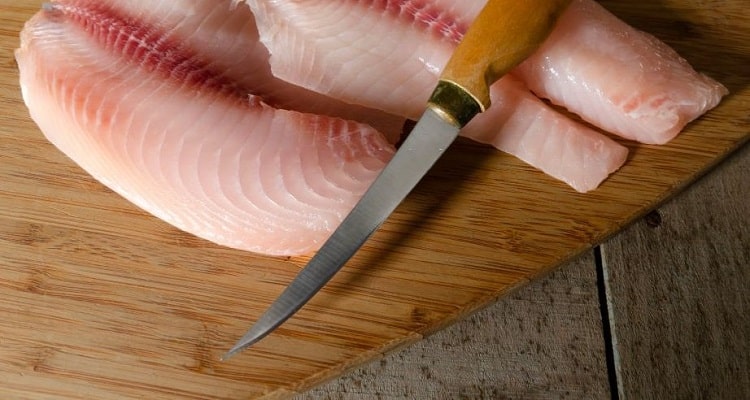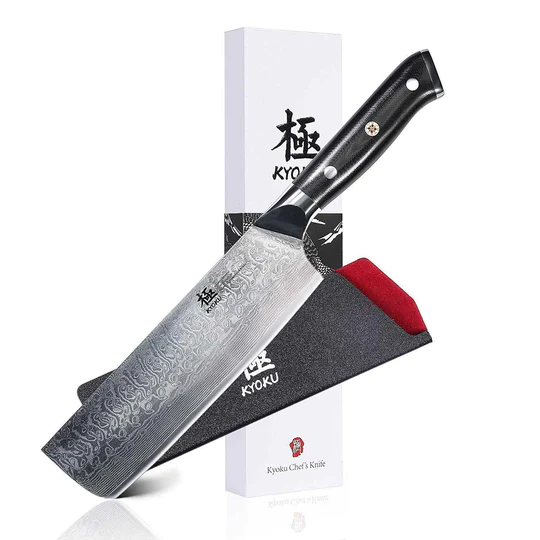


This guide will walk you through the differences between the Filleting Knife and the trusty Paring Knife
Filleting Knives are best for slicing while the compact Paring Knives have better flexibility for peeling and cutting. But which knife is best for you?

A Paring Knife is an essential tool for every kitchen. There are different types, but basically, it is just like every other knife, just with a smaller blade. A pairing knife typically is around 2 -5 inches in length. Averagely you find these knives at 3.5 inches. They are common in every home and professional kitchens.
Now begs the question, what are these knives used for, and how do they differentiate from Filleting knives.
Understanding this will help us differentiate it from a filleting knife, and a few are listed below:

The Paring Knife’s small size offers more flexibility and control, allowing you to make small, clean, delicate cuts compared to other knives. In addition, it is easier to hold because of its weight, so you can ditch a chopping board and use your hand.
The Paring Knife is used mostly to peel the skin and other parts of fruit or vegetables. For this reason, the Paring Knife is often called a Peeling Knife because it can peel a wide variety of veggies and fruits like onions, peaches, and oranges.
One other function of a paring knife is to remove the pit and core of certain types of fruits and vegetables, such as strawberries, tomatoes, and peppers. Doing it with this knife leaves the fruit or vegetable in shape. You can also dice up smaller food items, like garlic and mushrooms, and then go a step further by finely cutting them with a bigger knife.
To use a paring knife, hold the blade facing towards you with your dominant hand. Grab the vegetable or fruit or whatever it is you are peeling in the other and tilt it slightly to an angle. Do this to prevent the knife from digging into the fruit and cutting more than you intend.
Hold the fruit with your thumb to keep it firm as you peel. If you’re a pro like me, you can remove the whole peel by cutting in rings.

A fillet knife is typically used to debone fish. This knife belongs to the Boning Knife family, used to make fish fillets and remove bones. The knife has a trailing point blade that cuts deep into the meat’s skin down to the bones for quicker cleaner slicing and skinning.
One key feature of this blade is its maneuverability. The design allows it to be expertly handled while cutting the meat, coming in between 6-11 inches, depending on the size. Thus, it is big enough to cut down to the bone but small enough not to be a burden.
Typically made from stainless steel, this makes sure you don’t need to sharpen your blade all the time constantly. The knife has an angle of 12-17 degrees, which is quite long compared to other knives. It is a valuable addition to any kitchen and will aid in various activities, be it cutting, slicing or presentation.
For those who are not familiar with fillet and Boning Knives, it can be difficult to tell them apart at first glance. But they differ from one another mostly through usage as well as appearance.
A boning knife is great for removing bones from the meat while a fillet knife can be used in tandem with the bone removal process as well as skinning and de-boning tasks. When it comes to appearance, fillet knives typically have slimmer blades while boning knives tend to have slightly thicker blades for tougher cuts where precision isn’t needed.
Still, a fillet knife is perfect for cutting meat and separating them from bones. This knife gives you a nice clean cut for meats like chicken and beef. It is also a great tool to remove fat.
This knife is also used to cut, peel and slice vegetables and fruits. It is also a good solution to remove piths and cores. It is also ideal for slicing fruits and vegetables for salads. For example, remove peels of oranges and other fruits and also cut up corn into smaller pieces.
This blade can also be used to create delicate, intricate dishes that can show off your precision cutting skills, and a fillet knife gives your kitchen that air of professionalism.

You can create beautiful platters of salad with different fruits and vegetables. But the primary use of a Fillet is the cleaning and cutting up fish. This blade is specially designed to remove skin and clean it up from the inside out. The length allows it to easily reach the bone of the fish and other organs so they can be removed.
| Paring | Fillet | |
| Length | 2-5 inches | 6-11 inches |
| Weight | Lightweight | Lightweight |
| Edge | Serrated | Straight |
| Construction | Hand-forged or Stamped | Hand-forged |
| Blade material | Stainless steel | Stainless steel |
| Bevel | Double | Double |
As you may have probably noticed, the Paring and Filet knives have similar properties, but they also share a few differences; here are a few listed below:
Though both knives are great for slicing, the fillet knife is the best knife for the job, giving you clean, thin, precise cuts. The knife’s angle allows it to cut into seafood perfectly. And though the paring knife is just as good, its serrated edge gives it a disadvantage, so do not expect such clean precision from its jagged edges.
In peeling and cutting up fruits and vegetables, the paring is king in flexibility. This is due to its small size. Compared with the fillet that is three times its size, it is obvious that it isn’t as easy to maneuver.
The fillet knife has a pointed tip that creates beautiful, precise salads and platters. Unfortunately, the paring can’t create this level of clean cuts as well as the fillet because of its size and edge.
The main differences between Paring and Filleting Knives can be seen in the size and length of the blades. While the Paring blade is about 3.5-inches on average, the Filleting blade can be up to 11-inches. The different sizes mark the differences in slicing, flexibility, and precision work.

Knife Buzz offers independent product reviews on a wide range of knives used in the kitchen, home, and outdoors. We make it easy for you to find the right knife at the best price.

Knife Buzz offers independent product reviews on a wide range of knives used in the kitchen, home, outdoors and at work.
The Knife Buzz Team are passionate about reviewing knives and we cater to a targeted audience that needs independent advice before purchasing.
KnifeBuzz.com may earn affiliate commissions on some pages of this website. Knife Buzz is a participant in the Amazon Services LLC Associates Program, an affiliate advertising program designed to provide a means for sites to earn advertising fees by advertising and linking to Amazon.com. Amazon and the Amazon logo are trademarks of Amazon.com, Inc, or its affiliates. When you click links to various merchants on this site and make a purchase, this can result in this site earning a commission. Other affiliate programs and affiliations include, but are not limited to, Google AdSense.